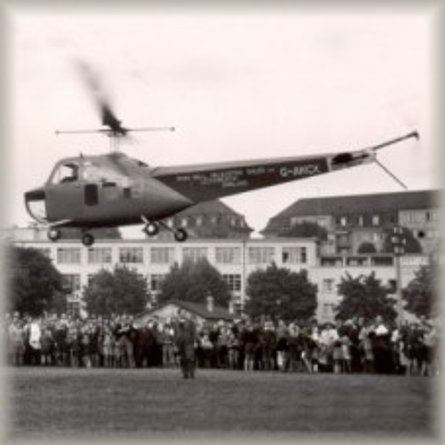
1947
October 13 – A helicopter flies in Switzerland for the first time. It is the Bell 47B G-AKCX of the Irvin-Bell Helicopters Sales presented near the Allmend in Zürich-Wollishofen by the British pilot Alan Bruce Hamilton "Jimmy" Youell.
Rented by the Farner-Werke of Grenchen the helicopter does some demonstration flights and takes potential customers and VIP for a flight from Zürich-Wollishofen's common grounds. Many people observe astonished the evolutions of the small two-seater.
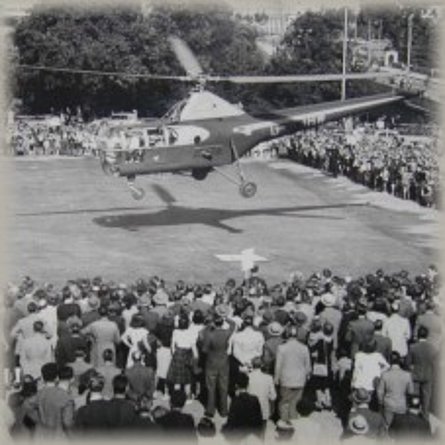
1948
September 2 – The Sikorsky S-51 G-AJHW piloted by Alan Bristow completes a series of flight demonstrations for the Federal Office of Civil Aviation (FOCA).
It is then used in various Swiss cities for some shows where it performs experimental flights carrying people and goods. It also makes some postal flights. Alan Bristow lands in the Swiss mountains at heights exceeding 2’000 m.
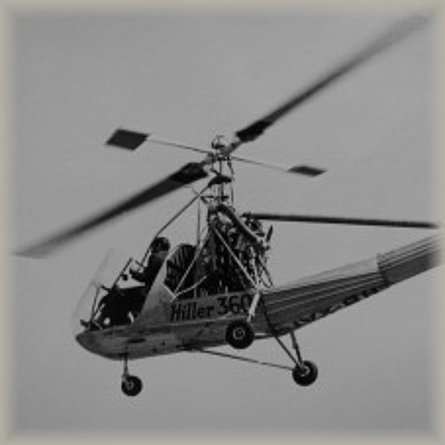
1949
June – Air Import sends a request to the Federal office of civil aviation (FOCA) to register a helicopter. This company will be the first to use helicopters for commercial services. The helicopter concerned is the Hiller 360 HB-XAI which arrives in Switzerland towards the end of August. It is powered by a 132/178 kW/hp Franklin 6V4-178-B33 and can carry two passengers or an equivalent payload. It is piloted by Albert Villard, the first Swiss holding a helicopter pilot licence.
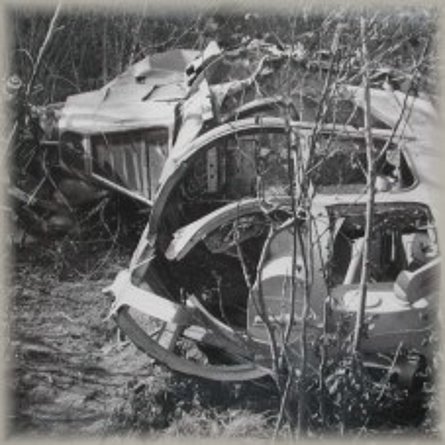
1950
May 4 – During a spray flight with the insecticide to fight the maybug plague the helicopter Westland-Sikorsky 51 G-ALEI belonging to the Pest Control Ltd. hits a telephone cable and crashes.
In the accident, which took place in Aproz/VS, a village near Sion, the pilot Peter E. D. Moore is seriously injured and the helicopter is almost entirely destroyed. This is the first accident which involves a helicopter in Switzerland.

1951
4-15 July - The famous Swiss chocolate producer Tobler organizes a series of advertising flights using the Hiller 360 HB-XAA of Air Import. Sion, Lausanne and Geneva are only some of the main cities where the helicopter does its demonstrations piloted by Sepp Bauer. The spectators admire astonished the helicopter’s manoeuvres. On each side of the Hiller’s cabin there is a mockup of the well-known prism shaped Toblerone chocolate.
17-18 October - For the first time a helicopter is used experimentally for a military exercise. However the Swiss Army doesn't have its own helicopters and therefore they use the Hiller 360 HB-XAA piloted by Sepp Bauer. The helicopter executes 77 flights altogether for a total of 11h32' and transports 102 passengers. The exercise is mainly organized in the Canton Argau and employs 17'000 soldiers.
Despite its limited performances the helicopter is positively evaluated. The following year the Army orders its first helicopters of the series Hiller UH-12B.
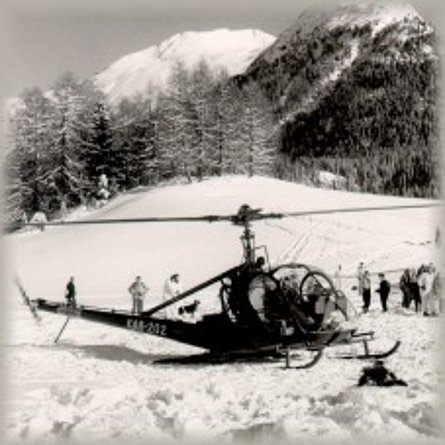
1952
22 December - Sepp Bauer does the first rescue mission for the Swiss Air Rescue Guard (founded on April 27, 1952 now internatioally known as Rega) using a helicopter.
On board of a military Hiller UH-12B he flies directly on the scene of an avalanche the rescuer with his search dog.
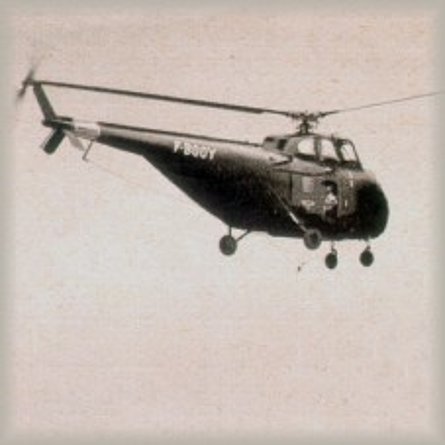
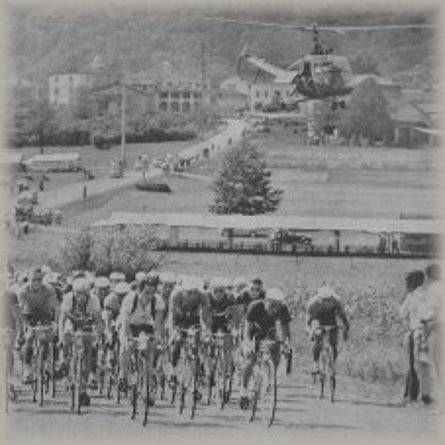
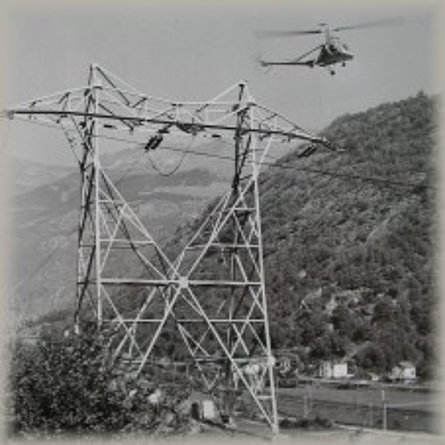
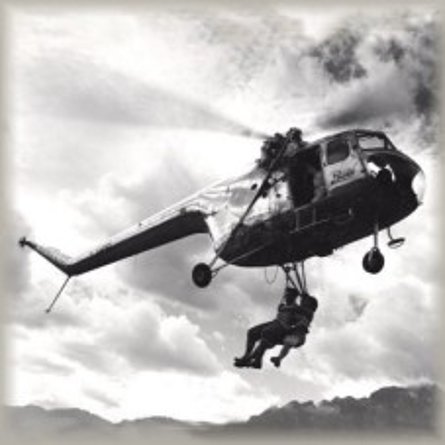
1953
April 17 – With a share capital of 350'000.- Swiss Francs the new helicopter company Schweizerische Helikopter AG is founded in Berne (later it becomes Heliswiss Ltd.).
More than half the money is used to purchase the Bell 47G HB-XAG, which is handed over to Raymond Gerber, the first pilot employed by the new company.
11-12 June - The helicopter Sikorsky S-55 F-BGOY, produced under Sikorsky's license in France by the SNCASE, is presented at Berne/Belp airport. The helicopter carries two pilots and up to 12 soldiers in the military version or 8-10 in the civil one. During the demonstration the French pilot Gérard Henry lifts an automobile, a Citroën 2CV weighting 495 kg which is suspended on the hook.
17-24 June - For the first time a helicopter follows the "Tour de Suisse", the famous bicycle race first organized in 1933. The Hiller 360 HB-XAA of Air Import is piloted by Sepp Bauer and is equipped with a radio equipment which is used by the journalist for the sports news. Despite its limited power reserve the Hiller 360, lightened to the maximum possible, flies over the Grimsel, Gotthard, Bernina and Julier passes without any difficulties.
28-30 August - The Hiller 360 HB-XAA is used as a "flying platform" for the Worldwide championship bicycle race organized in Lugano. The Swiss cyclist champion Hugo Koblet takes a ride on the helicopter for an aerial reconnaissance of the circuit.
1° September - The company “Aar e Ticino” takes advantage of the presence of the helicopter in Ticino and uses it experimentally for the aerial reconnaissance of one of its power lines. The helicopter takes off in Bodio and flies along the line up to 2'300 meters high over the St. Gotthard Pass.
19 September - The Bristol Sycamore Mk. 4 G-AMWI piloted by Peter Wilson arrives in Switzerland from England for a series of demonstrations. During the trials, organized in the period between 21-27 September, the helicopter flies people and goods, and takes part in an exercise organized by the Swiss life-saving society on the lake of Thun.
The last day of the demonstration Wilson lands on the Sanetschpass at an height of 2'000 meters, where a power line is being built.
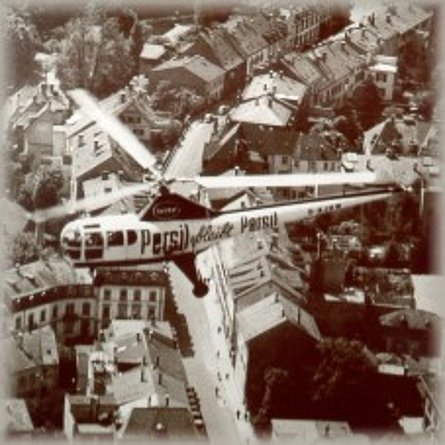
1954
14-16 May - During the MUBA (Munstermesse Basel is an exhibition organized yearly in the city of Basel) the company Flugzeughandels of Zürich rents the Westland-Sikorsky S-51 G-AJHW.
The British helicopter is used to advertise the products of Henkel, producer of the famous laundry detergent Persil. It is piloted by John Crewdson and is also used as an aerial surveillance platform by the police. On board there is in fact a policeman who observes the situation from above and gives out important traffic information to the police station by radio.
In 13 hours of flight the pilot transports 66 passengers in 29 flights.
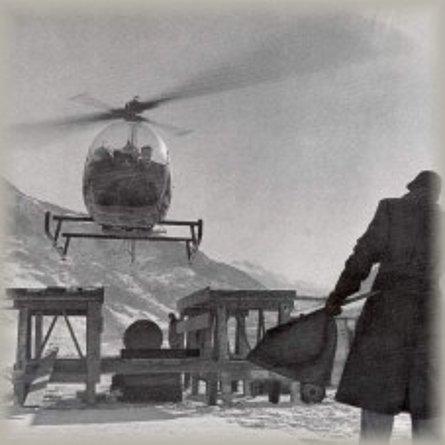
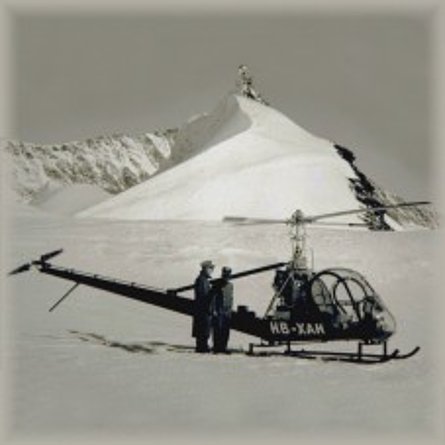
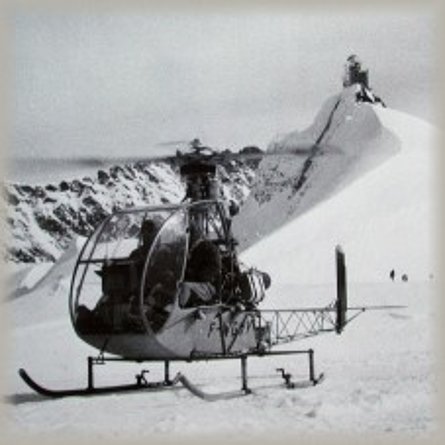
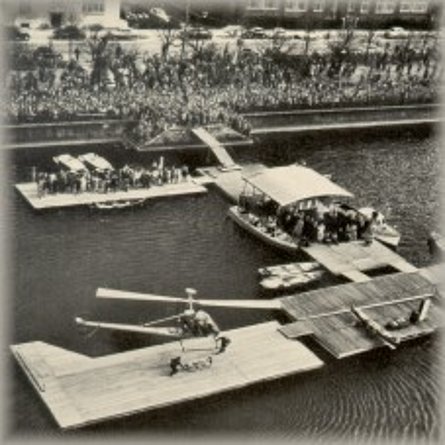
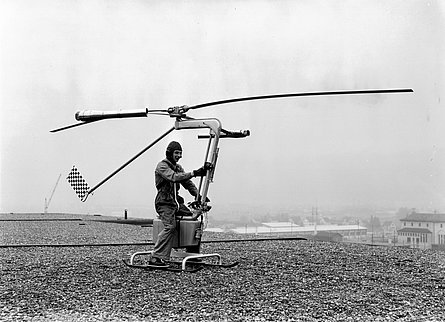
1955
February – For the first time in Switzerland a helicopter of Heliswiss is employed for transportation up to over 2'000 meters high. Piloted by Leonard Kunz the Bell 47G HB-XAE flies 9.5 tons of material belonging to the “Aar e Ticino” electric company. This material, deposited at the airport of Ambrì, is lifted up to the St. Gotthard hospice at 2'108 meters.
Using the Hiller UH-12B HB-XAH Air Import re-establishes contacts between Brig and Zermatt, because the latter village is isolated after a series of avalanches.
2 March - Sepp Bauer lands on the Jungfraujoch at an altitude of 3'520 meters with the Hiller UH-12B HB-XAH. The helicopter is powered with a 149/200 kW/shp Franklin engine!
3-4 March - The French pilot Jean Dabos of SNCASO does a series of flight demonstrations above the Jungfraujoch using the prototype SO 1221 PS Djinn F-WGVH. During these flights he carries two people standing on the skis and also lands on the Mönch at 4'105 meters. The success of these trials is widely advertised with articles on various aviation magazines.
25-27 March - The Swiss Air Rescue Guard (which at the time was still a branch of the Swiss Life-Saving Society) organizes a public demonstration in Zürich, where 350'000 spectators observe astonished its various rescue techniques. Oswald Matti and Josef Bauer use the Hiller UH-12B HB-XAC and HB-XAH to demonstrate the potentialities of the helicopter in SAR roles. The success of the demonstration is great and also offers the opportunity to raise money.
The Contraves company founded in Erlenbach (ZH) in 1936 and absorbed in the 1940s and 1950s by the industrialist of German origins Emil Georg Bührle begins the development of a single seater lightweight helicopter powered by two pulse jet mounted on the tip blade having each a thrust of 15 kg. The aircraft is not fitted with conventional controls, but it is "piloted" by means of the pilot's and therefore the CG desplacements. The helicopter is tested in flight restrained with cables but the short “flights” highlights a number of serious problems. The insufficient thrust of the engines and the very high level of noise force the company to abandon the project definitively in 1958.
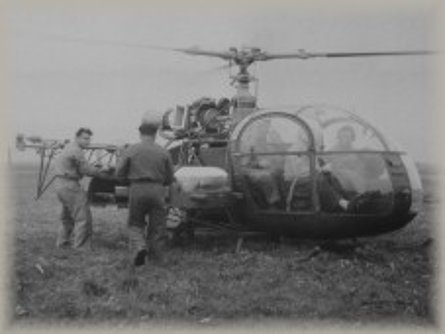
1956
15-18 October - At the military airport of Emmen, the new French helicopters SE 3130 Alouette II (F-WHOF and F-ZKBA) are presented. The pilot Gerard Henry does a series of flight demonstrations showing the excellent performances of the machine.
Air Import is absorbed by Heliswiss. The helicopters and part of the personnel are employed by Heliswiss by January 1957.
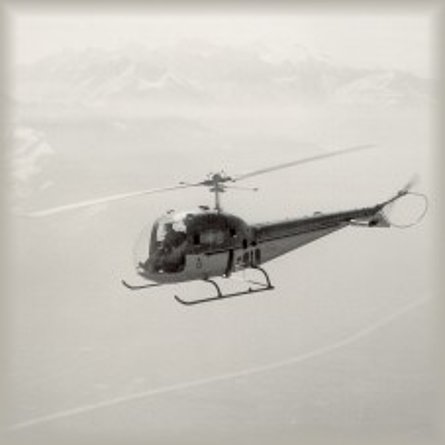
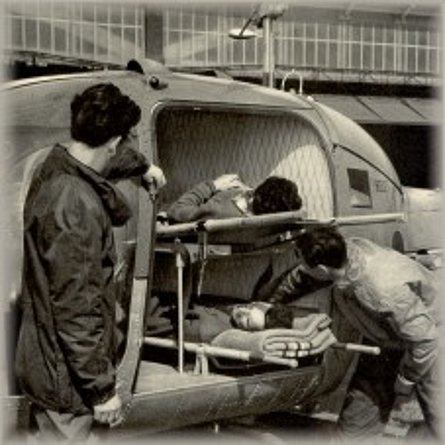
1957
28 February - During a ceremony organized in Muttenz near Basle, the Swiss Life-Saving Society (from this society will born much later the Swiss Air Rescue Guard now known as Rega) receives the brand new Bell 47J Ranger HB-XAU. The sum necessary for its purchase is raised among the customers of the Coop chain store. Bell’s famous test pilot Joe Mashmann does some flight demonstrations for the audience.
This "Ranger" is one of the first (if not the first) sold in Europe. Unlike its predecessors, it can fly two injured on stretchers and one medical attendant inside its large cabin.
3 March - Leonard Kunz and Walter Demuth land on the Piz Zupo in the Canton of Graubünden at 3'912 meters, with the Bell 47G2 HB-XAT. The helicopter is powered with a 149/200 kW/shp Lycoming VO-435 piston engine.
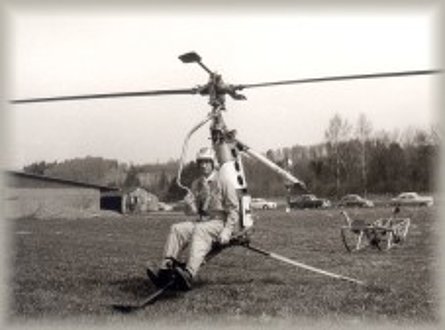
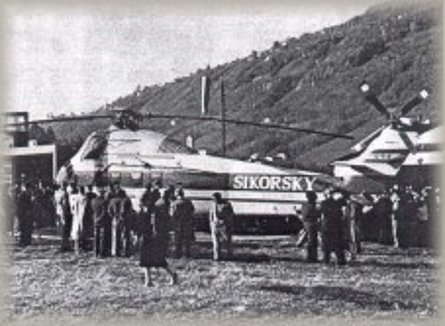
1958
24 April - At the airport of Belp/Berne the Hiller XROE-1 Rotorcycle is presented. The one seater can be assembled in a few minutes and is powered with a two strokes Nelson H-63 engine of 33.5/45 kW/shp. The helicopter stuns for its simplicity, small dimensions and incredible agility.
16 November – During a series of flight demonstrations in Europe, the helicopter Sikorsky S-58 N421A, piloted by Jack Keating, lands in Agno near Lugano/TI. The event is widely covered by the local media. The flight serves as a test in view of the planned aerial connection between Milan/Italy and Lugano.
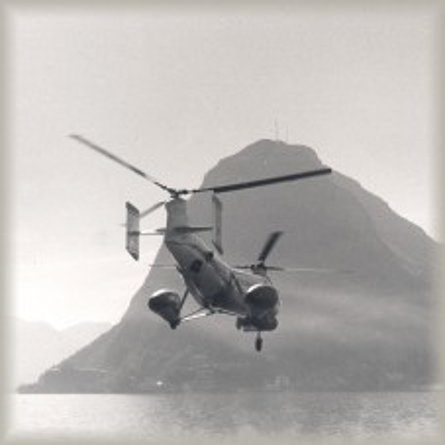
1959
31 January - The helicopter Vertol V44B piloted by William Coffee takes off in Malpensa-Milan/Italy and lands in Agno-Lugano/TI.
This helicopter belongs to the Belgian company Sabena but it is temporarily operated by the Italian company Elipadana while being used for a series of tests in view of the planned aerial connection. After the landing and custom formalities in Agno the amphibian helicopter takes off again and lands on the Ceresio lake in front of the town hall of Lugano. The same demonstration is then again repeated in Campione d'Italia/Italy.
28 September – Elipadana begins daily passenger flights between Milan and Lugano using the Vertol V44B hired from the Belgian company Sabena.
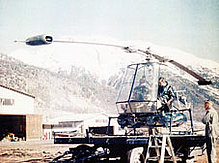
March 1959 – The small two-place helicopter developed by the Dutch company Nederlandse Helikopter Industries named NHI H-3 Kolibrie (the Dutch equivalent of hummingbird) registered PH-NGV is tested on the airport of Samedan/GR not far from the famous ski resort of St. Moritz. The small two-seater machine piloted by Reiner (Ren) van der Harten is powered by two ramjets TJ-5 mounted at the bottom of the blades having each a thrust of 20 kg.
During the flight tests flight some engine problems appear, especially above 1,800 meters (6,000 ft). At this altitude the mixture become gradually richer finally approacing the flame out point.
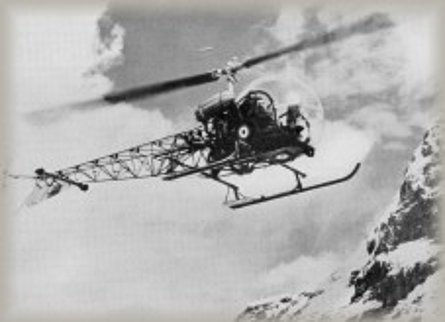
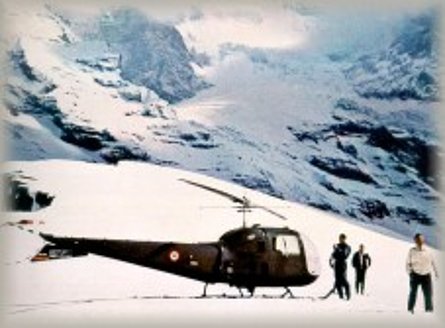
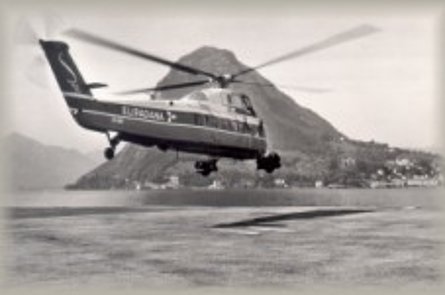
1960
5-11 May - The Agusta presents the helicopters Agusta-Bell 47G3 "Super Alpino" and the Agusta-Bell 47J3 "Super Ranger" to the Swiss civil and military authorities. The two helicopters are piloted by the Italians col Silvio de Giorgi and cmdr Ottorino Lancia. The flight demonstrations primarily take place at the airport of Zürich, then above the Alps and conclude in Belp/Berne.
During the alpine flights the AB-47G3 lands on the Aletschhorn at an height of 4'155 meters setting a new Swiss record. Several landings are done on the Kleine Scheidegg and on the Jungfraujoch at 3'454 meters.
Among the various simulation flights done on the Kleine Scheidegg, two "injured" are transported on external stretchers fixed on the AB-47G3.
July – Before the expiration date (fixed for July 31) of the grant released by the Federal Office of Civil Aviation, Elipadana suspends its flights because of lack of passengers. The ticket cost is extremely high: 75.— Swiss Francs for the flight Lugano – Milan – Lugano (about 280.— if quoted today).

